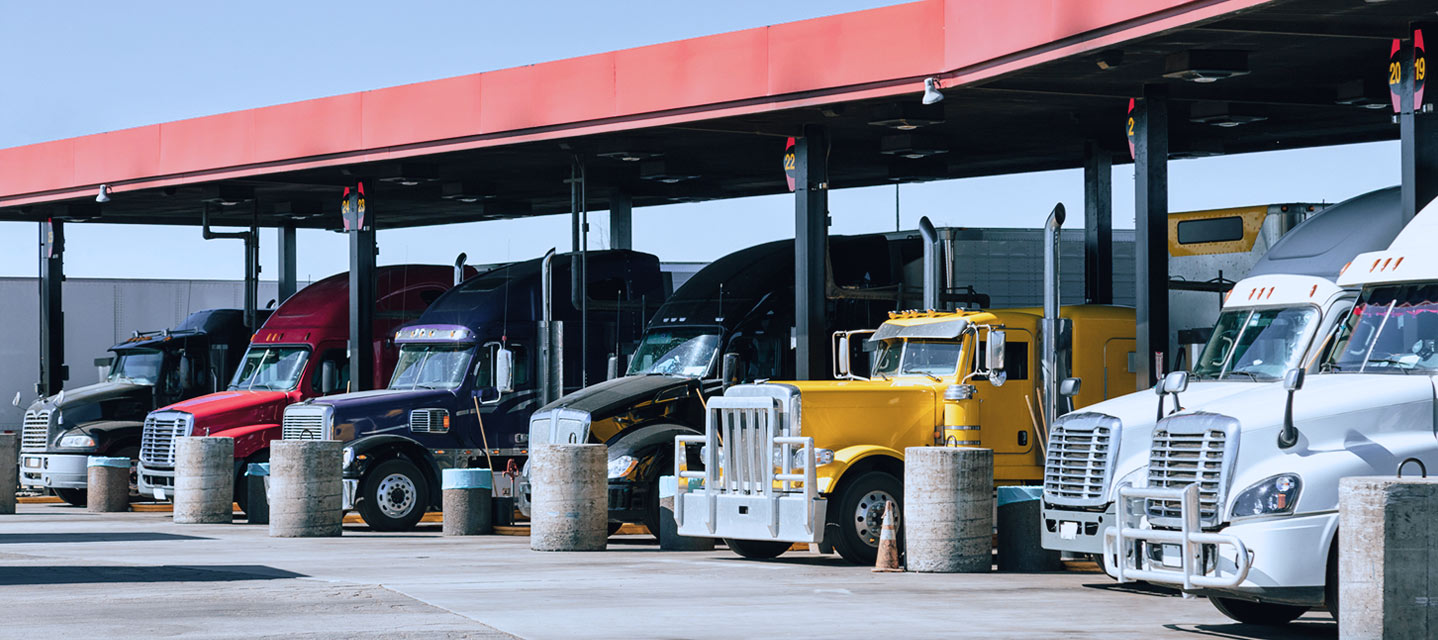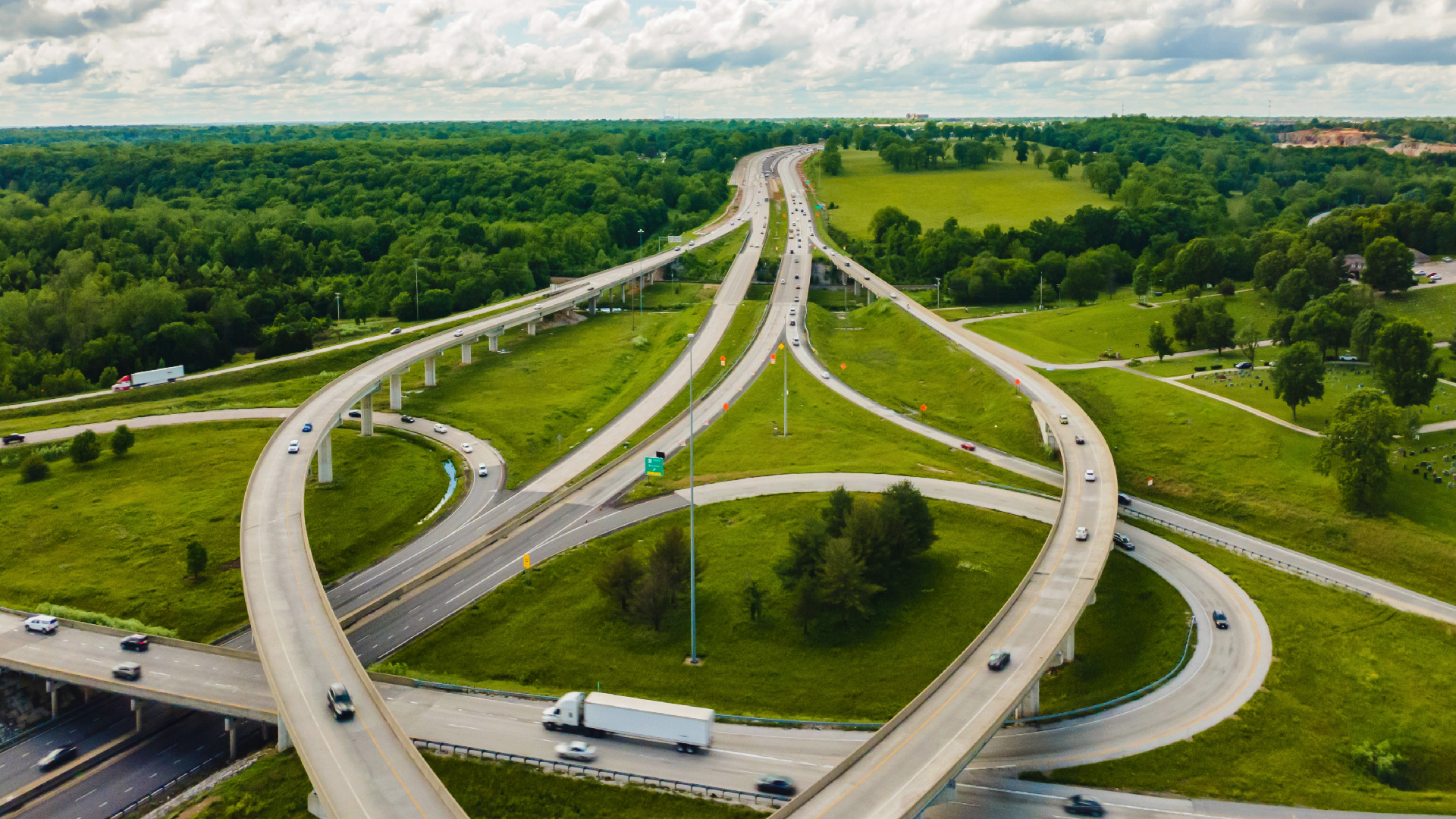Immobilization, driver identification, and safety
Safety is important at Geotab. Read about engine immobilization and how the NFC Tag Reader and the Driver ID Relay help fleets manage safety.
By Geotab Team
Nov 19, 2015
Updated: Mar 8, 2023

Safety is incredibly important at Geotab, whether in relation to drivers themselves or maintaining the safety and integrity of customer data. All Geotab products and services – both old and new – are constantly held to this paradigm. The following article discusses engine immobilization and describes how the NFC Tag Reader and the Driver ID Relay can be used to help fleets manage the on-road safety of drivers.
The Importance of Professional Installation
Geotab released a bulletin in May 2015 regarding the topic of engine immobilization. Due to the high assortment and variety of vehicle electronics and electrical circuits, it is evident that it can be difficult to wire the relay in a way that is fail-safe for immobilization.
In a situation where an individual is not a licensed automotive electrician or equivalent, the complexity of the installation can lead to a vehicle not being able to start if for example the relay or a part of the circuit fails. No one wants to be responsible for causing a vehicle to fail to start when someone really needs to get home. To ensure a quality install, Geotab recommends professional installation by a knowledgeable technician.
How Geotab Supports Driver Identification
The combination of the Geotab GO device and the Driver ID system is designed to ensure that the driver identifies himself before taking a trip. Adding a relay to the Driver system can activate a switch or turn a third party device on or off. It can even be used to activate a third party rev limiter or drive inhibitor that is both safe and effective.
Geotab and its providers can’t always guarantee that a vehicle can be immobilized 100% reliably. For example, it will not work if there is no cellular coverage. The included relay can be used as part of the immobilization solution, but Geotab’s support ends at the functioning of the Geotab GO device and the relay. A licensed automotive electrician/mechanic would have to select an appropriate inhibitor for installation. There is a different standard applied to systems that can affect safety versus systems that can’t and it is important that Geotab resellers and customers understand this point.
This is the reason the relay should not be wired-in directly for engine immobilization. The wiring diagrams for every possible vehicle make, model, and year are simply not available or practical to obtain and each has different potential issues. Geotab will continue to support both the NFC Tag Reader and Driver ID Relay, both individually and in combination with one another.
The NFC Tag Reader
The Near Field Communication (NFC) Tag Reader is a very popular add-on for GO devices that is used for driver identification. Through the use of the NFC Tag Reader, Geotab offers a simple method for tracking and identifying drivers in pooled vehicles. With one simple touch of the NFC fob, vehicle operators can quickly, easily, and securely transfer their driver identification information up to the cloud.
Driver IDs are tracked using driver tags/GO keys, which use the same NFC technology. Each individual driver tag has a unique serial number and can be paired with a particular driver, linking individual trips to drivers. A GO device can be configured to beep constantly until a key fob is tapped to remind the driver to identify themselves.
The Driver ID Relay
The Driver ID Relay can be used in conjunction with the NFC Tag Reader. This product requires professional installation by a licensed automotive electrician/mechanic. A relay is an electromagnetic switch that uses a small electric current to control the flow (i.e. turn on/off) of a much larger electric current. Geotab products for the IOX can be daisy-chained together with up to four components. Think of a power extension plugged into another power extension, and so on.
Using the NFC Tag Reader and Relay in conjunction allows access to certain key features of a vehicle, making it a powerful tool for accountability and safety. In the case of daisy-chaining, the NFC Tag Reader has to be the first in the array. Since the Relay can essentially inhibit current flow, i.e. act as an open circuit until a key fob is tapped, access can be inhibited to various components of a vehicle. If installed correctly, access to a switch, light, PTO, or other input can be restricted.
For further details on installation requirements of the Driver ID relay kit, please view the SPR-RELAYKIT Installation document posted on the Geotab Support Documentation page.
Related:
Beyond GPS Tracking: IoT and Hardware Integration
Subscribe to get industry tips and insights
The Geotab Team write about company news.
Table of Contents
Subscribe to get industry tips and insights
Related posts

.jpg)

9 strategies to increase fleet fuel efficiency and lower fuel costs
July 8, 2025
4 minute read

Creating a fleet safety culture that’s built to last: Lessons from Missouri DOT and NYC
July 7, 2025
8 minute read

The fleet safety incentive program checklist for driver engagement that lasts
June 19, 2025
2 minute read

Building a self-sustaining school bus driver safety program with Geotab Vitality
June 13, 2025
7 minute read